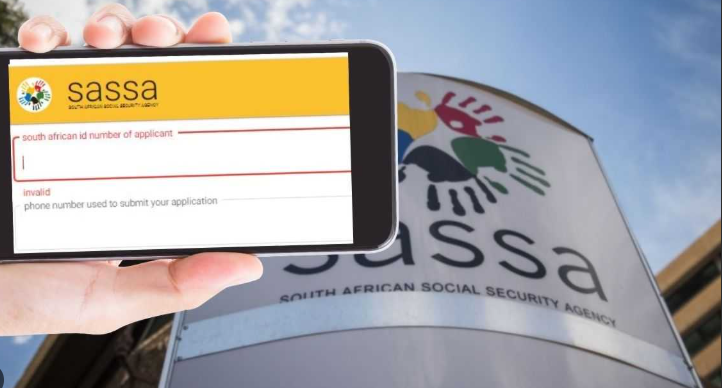For millions of South Africans, the Social Relief of Distress (SRD) grant is a critical lifeline, but understanding its month-to-month process can be confusing.
Unlike other social grants with fixed dates, the R370 grant operates on a dynamic monthly cycle of verification and approval. This guide breaks down each stage of the process, explaining what to expect from the moment your eligibility is checked to when the funds are paid.
Stage 1: The Monthly Re-Verification Process
The most important thing to understand about the SRD grant is that it is not a permanent approval. Every single month, SASSA re-evaluates the eligibility of every applicant. This is why you may be approved one month and declined the next based on your changing circumstances.
This automatic monthly check is designed to ensure the grant reaches only those who meet the strict eligibility criteria for that specific month. You do not need to reapply each month, but the system effectively does it for you by running your details through multiple government and financial databases.
Stage 2: Behind the Scenes - The Data-Matching Engine
Once a new month begins, a complex verification process kicks off. This is often why your status may show as "pending" for a period. During this stage, SASSA cross-references your information against several key databases to confirm you still qualify. This includes checking:
-
Department of Home Affairs: To verify your identity and confirm you are a citizen, resident, or qualifying asylum seeker.
-
South African Revenue Service (SARS): To check for any declared income that exceeds the means test threshold.
-
Unemployment Insurance Fund (UIF): To ensure you are not receiving UIF benefits or registered as an active contributor by an employer.
-
National Student Financial Aid Scheme (NSFAS): To confirm you are not receiving funding as a student.
-
Banks: To screen for any incoming funds that could be interpreted as a source of income.
This comprehensive check is a crucial anti-fraud measure. It ensures fairness but is also the primary reason for the variable timelines in status updates. A delay in receiving data from any of these third-party systems can cause your application to remain in a pending state.
Stage 3: Decoding Your Status - What It Means for You
After the verification process is complete, your status for the month will be updated. Performing a regular SASSA Status Check is the only way to know where you stand in the cycle. Here’s what each status means:
-
Pending: This means your application is still under review for the month. It's a normal part of the process, and patience is required. If your status remains pending for an extended period, it could indicate a data-matching delay.
-
Approved: Congratulations! This means you have met all the eligibility criteria for that specific month. However, an "approved" status does not mean immediate payment. It is the first step towards receiving your funds. For many, the next question becomes why they have an approved status but no pay dates.
-
Declined: This means that for the current month, the system found that you did not meet one or more of the criteria. SASSA will provide a reason for the decision, such as "income source identified" or "UIF registered." If you believe the decision is incorrect, you have the right to submit an appeal to the Independent Tribunal.
Stage 4: Payment Processing and Payout
Once your application is approved for the month, SASSA begins processing the payment. A payment date, or "pay date," will then be assigned to your profile. This is the date the funds are expected to be available to you.
It's important to remember that the R370 grant does not have a fixed payment schedule like old age or disability grants. You can see the schedule for those on the official SASSA payment dates page. For the SRD grant, payments are processed throughout the month.
The two primary methods for receiving your grant are:
-
Bank Account: This is the fastest and most secure method recommended by SASSA. The funds are deposited directly into your personal bank account. It is vital to ensure your banking details are correct and up-to-date.
-
Cash Send/Retailers: This option allows you to collect your grant at participating retailers like Shoprite, Checkers, Pick n Pay, or Boxer. While convenient for those without bank accounts, it can sometimes involve queues or system issues.
By understanding this monthly cycle, you can better manage your expectations and know when to perform your R370 Status Check for updates. To stay informed, regularly visit the official portal or trusted resources like MySRD.co.za.

